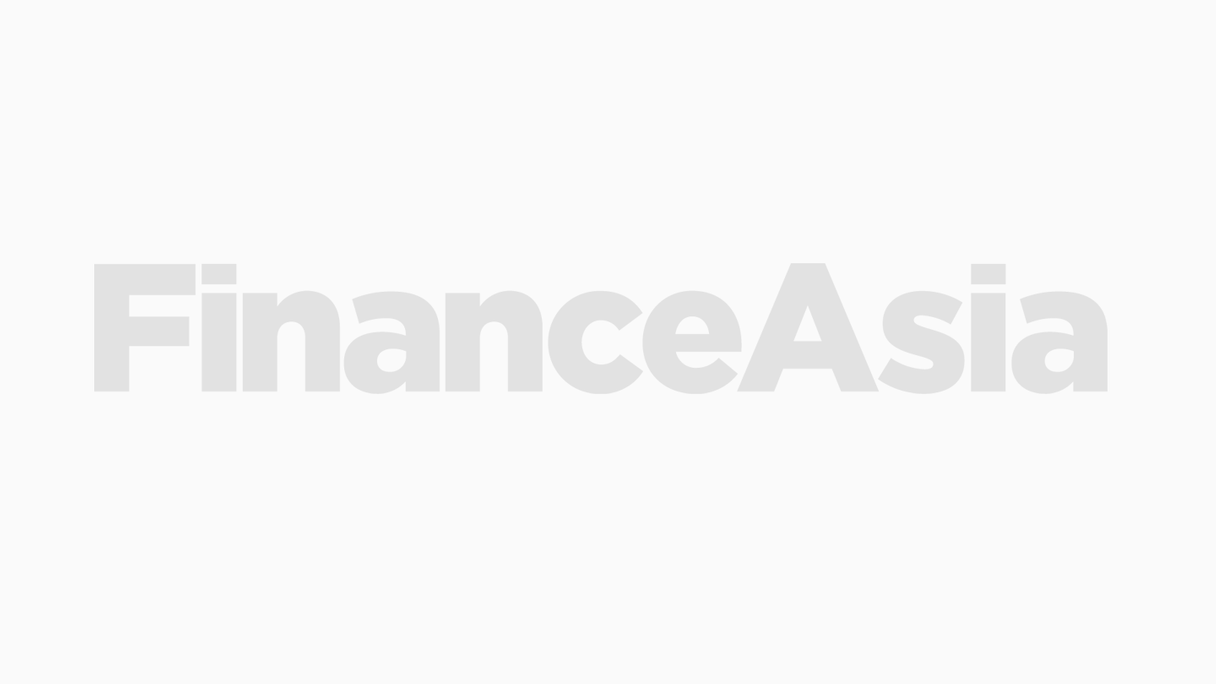YTL Power priced a $250 million equity-linked deal late on Wednesday (April 27) to raise funds for overseas acquisitions. The UBS-led transaction drew a mixed response, with some bankers suggesting the lead had not only lost all its fees, but also ended up with half the offering on its books.



